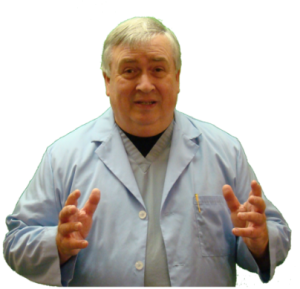As a semi-retired OBGYN physician, I still have two jobs.
- I teach medical students and residents in the Simulation Labs at the NorthShore University Hospital in Evanston, Illinois.
- I manage multiple medical education websites, which collectively see 10-15,000 visitors a day.
I hold a faculty appointment at Northwestern University and I hold a teaching appointment at the University of Chicago.

While my medical training is useful in many ways, I can’t say that it has helped me much with my forestry activities. I notice several big differences.
While medical offices and hospitals are tightly regulated as far as temperature, humidity, lighting, weather, animals, insects and safety are concerned, the forest is not. When I’m in the forest, I’m very much at the mercy of the environment. I’m not helpless…I dress for the cold and sometimes use insect repellent, but the forest experience is certainly very different than what I’m used to.
A medical practice environment is densely populated with patients, families, researchers, students, residents, and other medical team members. There is a constant hum of activity, as we are busily communicating with each other. I’m surrounded by computer monitor screens. In contrast, the forest is thinly populated (just me and sometimes another person or two).
The forest is very quiet. The sounds I hear are birds chirping, an occasional buzzing insect, a frog croaking, and the rustle of leaves when the wind passes through the trees.
You don’t need to be a medical person (nurse, EMT, physician, student, etc.) to read and hopefully enjoy reading about The Reluctant Forester and his adventures in the woods. But if you are a medical person, I hope you will be able to also enjoy the contrast.
